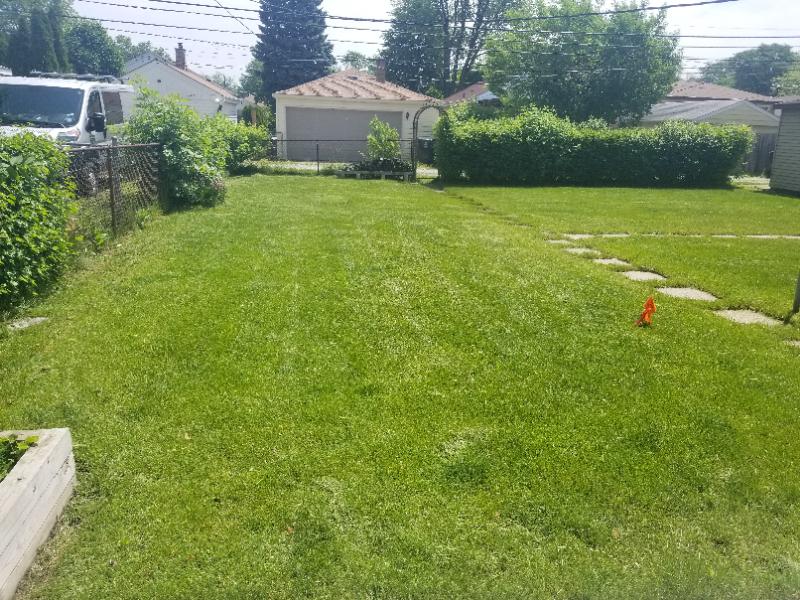
What is the Best Time to Dethatch Your Lawn?
What is Thatch?
If you’ve ever seen a messy layer of organic debris accumulating at the base of a lawn, then you’ve seen thatch. It’s a mix of living and death plant matter that forms a thick layer between the grass and the soil. Thatch occurs when the organic matter in grass builds up faster than it decomposes. Some factors that contribute to thatch build-up include:
● Certain grass species such as Kentucky Bluegrass
● Compacted soil or low pH level
● Overfertilization or heavy pesticide use
A thin layer of thatch can less than half-inch is beneficial and can act as organic mulch. However, when the thatch grows thick, it can create a barrier to light, water, and nutrients for the soil and its roots.

What is Dethatching?
Dethatching refers to the process of removing that thatch from a lawn. It’s essential to remove thick thatches, to enable the opening of the lawn surface and penetration of air, water, and nutrients.
How to Dethatch Your Lawn
If your lawn is over two-inches thick, it may take more than one pass to remove, and excess removal can damage the root. Therefore it’s best to hire a lawn care professional. However, here some ways to dethatch your lawn.
- Manual Dethatching: There are rakes will short-tined and curved blades that can pull up that as you rake. They’re perfect for small areas and light thatch.
- Power Rakes: These are mower-like devices with rotating tines that can dig up a thin layer of thatch
- Vertical Mowers: For thicker thatch, you’ll need a vertical mower that can slice through the layer and get into the soil.
Manual rakes are easy to find in local garden stores. If you need to use a power rake or vertical mower, you can find them in equipment rental stores. After dinner, rake up all the debris, and water your lawn thoroughly.

What Is The Best Time to Dethatch Your Lawn?
You’ll first need to determine the thickness of your lawn’s thatch. Measure the layer by digging up a small wedge of grass and soil. If it’s more than an inch, discolored and weak, that’s a confirmation that it’s time to dethatch.
The best time of the year for dethatching is during the growing season, to speed up your lawn’s recovery. For warm-season grass like Bermudagrass, dethatch in late spring or early summer. Dethatch cool-season grass such as Kentucky Bluegrass in late summer or early fall
Conclusion
It’s best to dethatch your lawn with the help of an expert, especially if you’re dealing with thick thatch. They can take care of your garden or yard without damaging your soil.

